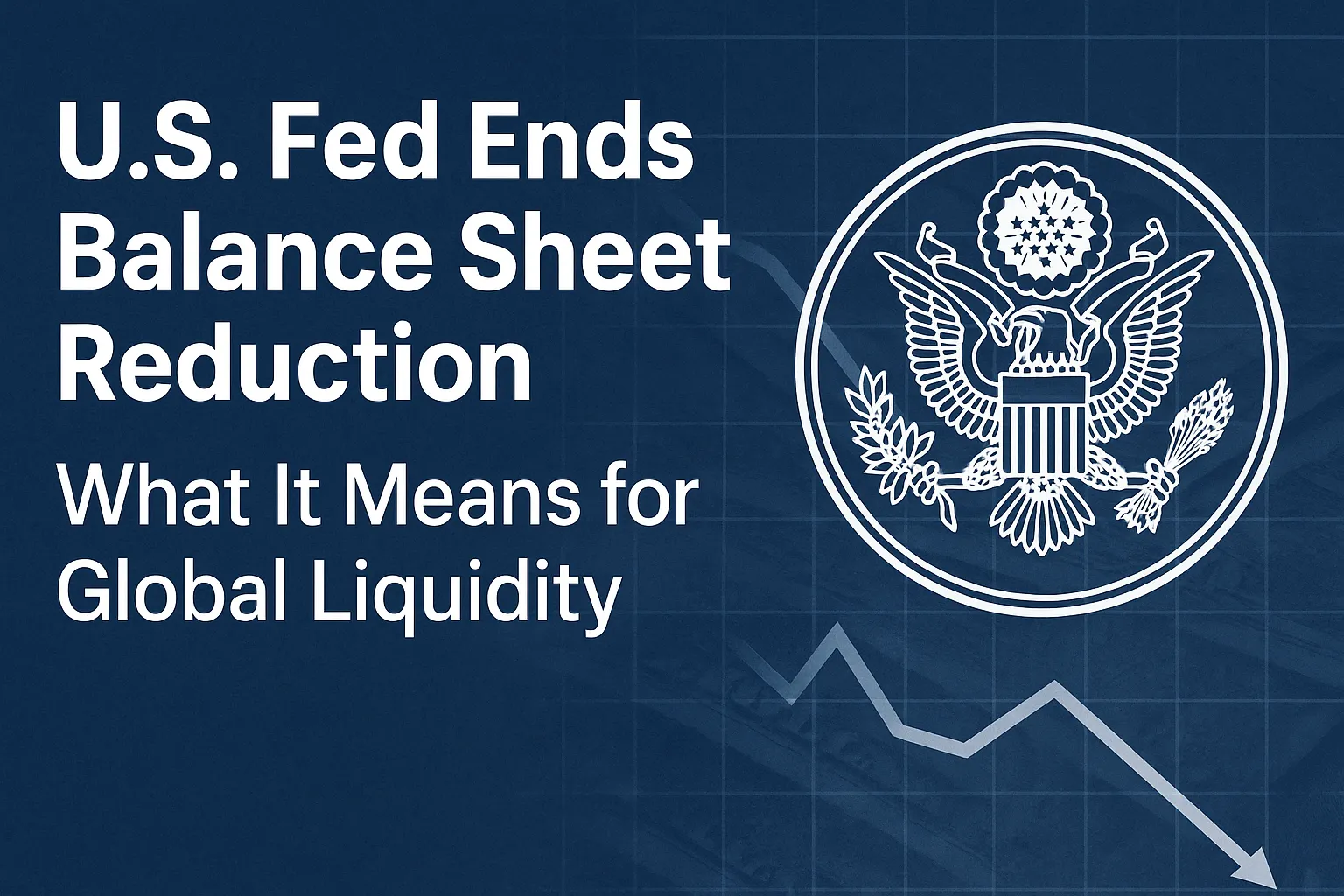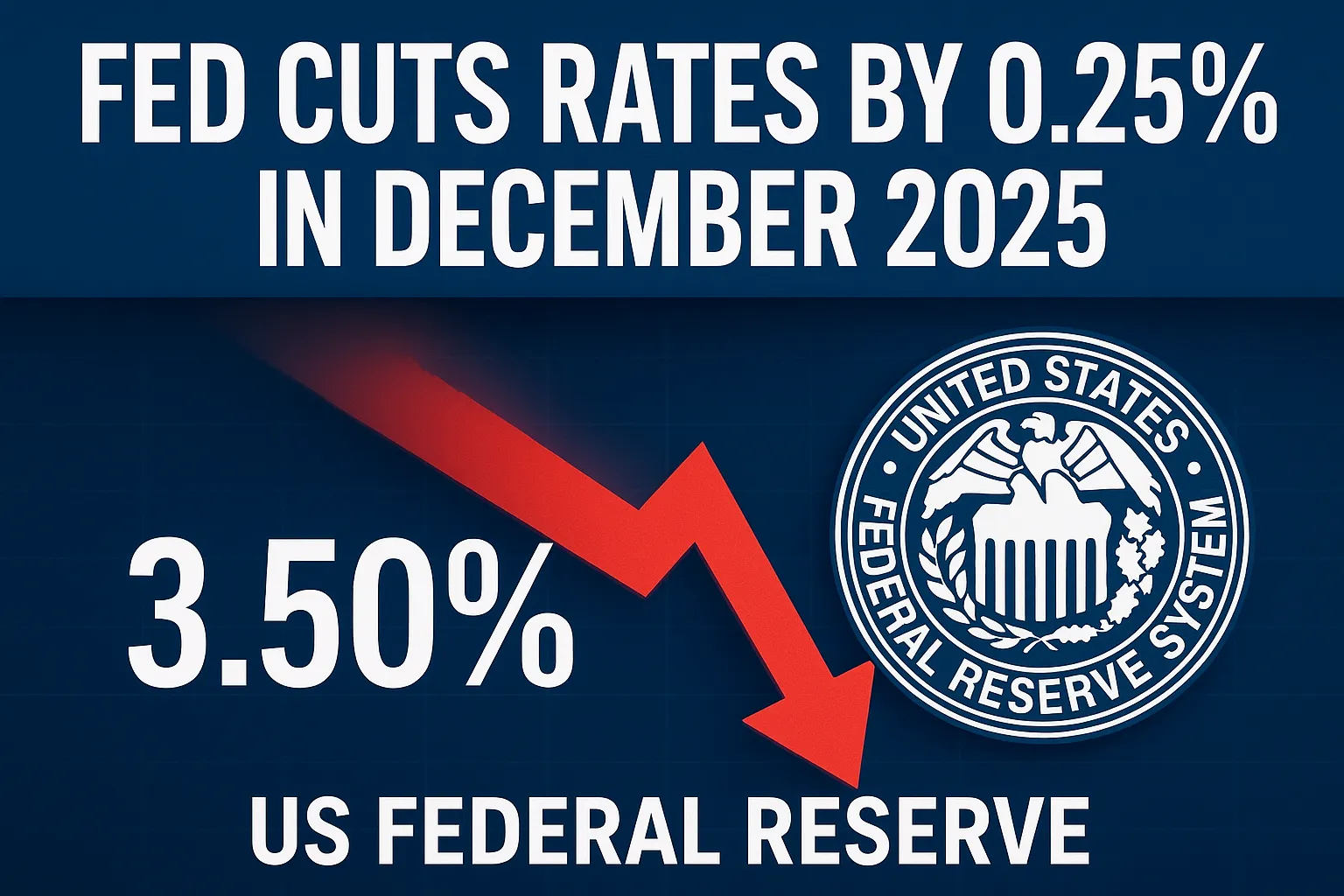
In a significant policy shift, the U.S. Federal Reserve has announced that it will pause its balance sheet reduction program, commonly known as “quantitative tightening.” This move has drawn attention across global markets, as investors try to understand how it could influence liquidity, inflation, and capital flows into emerging economies like India.
What Does “Balance Sheet Reduction” Mean?
When the Fed reduces its balance sheet, it is essentially selling or allowing bonds to mature without reinvestment, which pulls liquidity out of the financial system. Pausing this reduction means the Fed will stop draining money, thereby increasing available liquidity in the banking system.
Why Did the Fed Stop Now?
Analysts believe the Fed made this decision because:
- Economic growth in the U.S. has started to moderate in recent months.
- Inflation remains under control but still above the long-term target of 2%.
- Funding pressures in short-term money markets have started to appear, raising borrowing costs.
By halting the balance sheet runoff, the Fed aims to stabilize financial conditions and ensure smooth credit flow ahead of the year-end period.
Impact on Global Markets
The Fed’s move could have far-reaching implications:
- More Global Liquidity: Extra liquidity from the U.S. often flows into emerging markets seeking better returns. This could boost capital inflows to markets like India, Brazil, and Indonesia.
- Weaker Dollar Trend: If liquidity rises, the U.S. dollar may soften, supporting currencies such as the rupee.
- Rally in Risk Assets: Equity and bond markets worldwide may benefit from improved sentiment and easier funding conditions.
Impact on India
For India, this could be positive in the short term:
- FIIs (Foreign Institutional Investors) may increase investment in equities and debt.
- Bond yields could ease slightly due to better global liquidity.
- However, if inflationary pressures return, RBI may have to respond cautiously.
Expert View
Economists see this pause as a temporary adjustment rather than a complete policy reversal. According to analysts at Goldman Sachs and JP Morgan, the Fed will likely review liquidity levels again in early 2026 before making any further moves.
Outcome
The Fed’s decision to end balance sheet reduction is a relief signal for global markets. It suggests that the U.S. central bank wants to maintain financial stability amid global uncertainties. For investors, it means a short-term liquidity boost and potentially calmer markets — but the long-term path will depend on inflation and economic growth trends.
Source:
Reuters, Bloomberg, Wall Street Journal, Federal Reserve official statement




































































